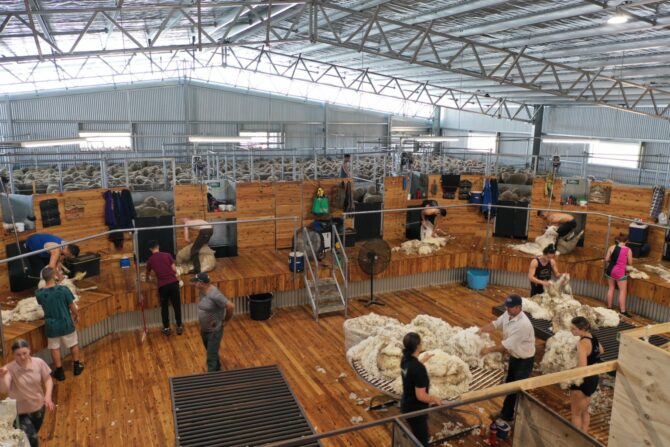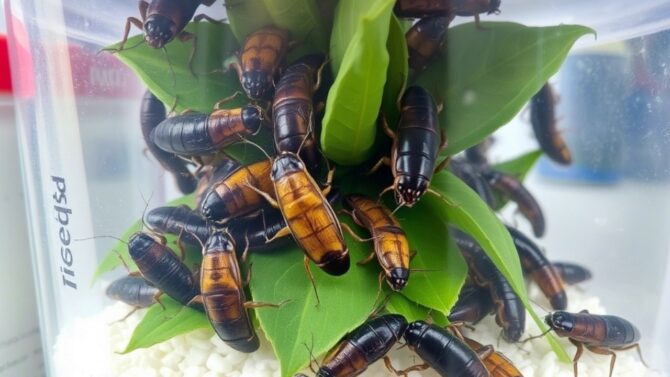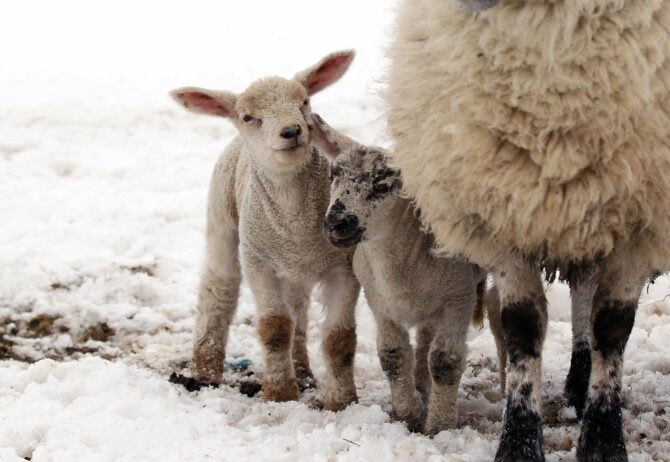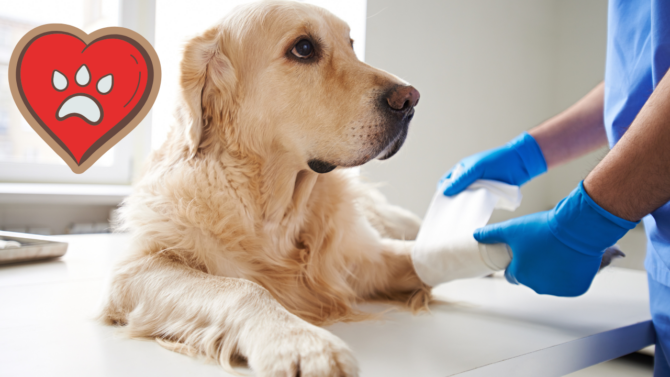If you’ve ever heard strange scratching sounds in your attic or found raccoon tracks around your trash cans, you’ve probably wondered: Can I handle this myself? Many homeowners assume DIY animal removal is a simple, cost-effective fix. But the truth is, trying to trap or remove wildlife without professional help can pose serious dangers to both you and the animals involved. In this article, we’ll explore why DIY removal is risky, the common mistakes people make, and what you should do instead to ensure safe, humane, and effective results.
Why DIY Animal Removal Is Risky
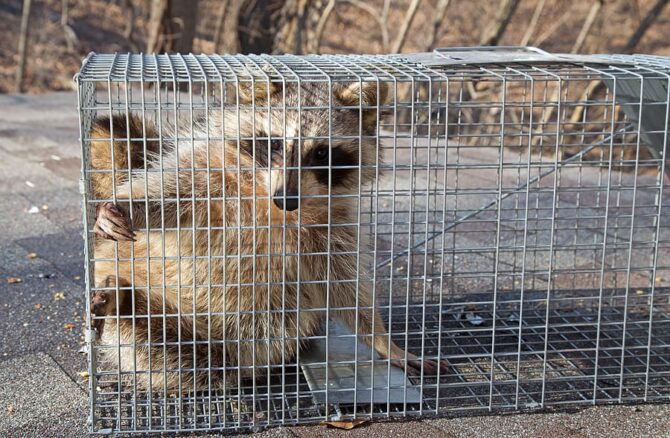
Attempting to remove a wild animal on your own might seem like a quick fix—but it often leads to costly mistakes.
Wildlife behavior can be unpredictable, and without proper knowledge, tools, and legal clearance, you risk injury, disease exposure, and fines.
Most importantly, ineffective removal can prolong the problem or create more serious issues for both you and the animal.
Health Hazards
Wild animals are not just cute or pesky; they can be dangerous carriers of diseases.
Bats, raccoons, skunks, and rodents can carry rabies, leptospirosis, hantavirus, and other zoonotic diseases that can infect humans and pets.
Even handling droppings or nesting materials without protective gear can expose you to harmful bacteria, fungi, and parasites like:
- Fleas
- Ticks
- Mites
Physical Dangers
When cornered or stressed, wild animals can become aggressive.
A raccoon or squirrel that feels threatened might bite or scratch, causing injury and increasing the risk of infection.
Additionally, many DIY removal attempts require climbing into attics, onto roofs, or into crawl spaces, all of which pose fall hazards if you lack the right equipment and training.
Legal and Ethical Concerns
Many states and local governments have strict regulations protecting wildlife, especially species like bats and some birds.
Removing or relocating animals without the proper permits can result in fines or legal action.
Ethically, DIY methods often lead to unintended harm, such as separating a mother from her babies or causing prolonged suffering when traps are used incorrectly.
Common DIY Mistakes
Now let us address some of the common DIY mistakes you might come across.
Improper use of traps
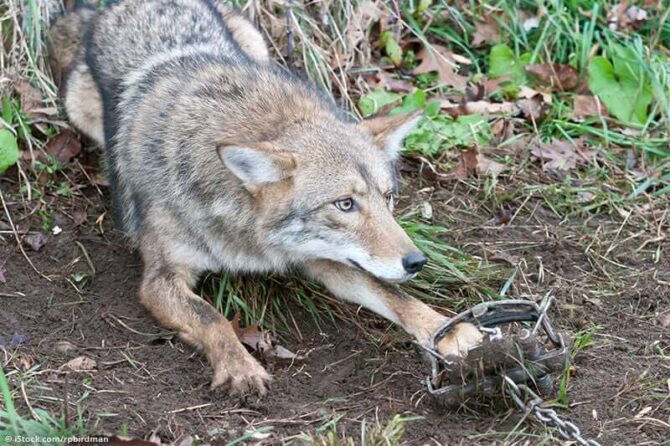
Retail traps often promise easy results, but mishandling them creates more harm than resolution. Traps placed incorrectly fail to catch anything, while poorly chosen bait can attract the wrong species.
Worse, an animal might get caught and suffer unnecessarily, left without food, water, or proper shelter. Some people forget to check traps frequently, leading to prolonged distress or even a slow death for the animal.
Humane trapping requires training, awareness, and legal compliance, which most DIYers overlook.
Sealing entry points too soon
Spotting a hole and sealing it immediately feels like a victory—until scratching and odor follow.
Animals trapped inside walls, vents, or attics die without a way out, resulting in decomposition, foul smells, and secondary pest infestations. People often misjudge activity levels or assume an animal has already exited.
Without thorough inspection or use of deterrents to encourage departure first, sealing holes causes more chaos and often ends with cutting through drywall or ceilings to retrieve remains.
Lack of protective equipment
Many well-meaning individuals approach wildlife removal armed with nothing more than optimism. Gloves, masks, and proper tools are often skipped, exposing people to bites, scratches, and zoonotic diseases like leptospirosis or hantavirus.
Rodents, raccoons, and bats can carry parasites and viruses, and their nesting sites are rarely clean.
Attempting removal bare-handed, or crawling through infested insulation without gear, puts health and safety at significant risk. Professionals wear full PPE for a reason.
Illegal relocation
A common impulse is to “rescue” the animal by dropping it off in a nearby field or park. However, relocation is frequently illegal without permits and often does more harm than good.
Animals struggle to adapt in unfamiliar territory, facing predators, starvation, or conflicts with established populations. Disruption of local ecosystems is another unintended outcome.
Many states and municipalities have strict regulations, and fines for unauthorized wildlife relocation are not uncommon. Emotionally satisfying doesn’t mean ecologically responsible.
What to Do Instead: Safe & Humane Solutions
Dealing with wildlife around your home often brings out strong reactions—fear, frustration, or even panic. An animal in the attic or raccoons in the garbage can quickly shift from a minor nuisance to a stressful encounter.
In such moments, it’s easy to make hasty choices, sometimes at the expense of both safety and legality.
But there’s a better way to respond, one that prioritizes your well-being as well as the humane treatment of animals.
Call Licensed Professionals
The best course of action when dealing with wildlife in or around your home is to contact a licensed wildlife removal service.
Professionals are trained to handle animals safely, humanely, and in compliance with local laws. They use specialized tools and techniques that minimize stress to the animal and prevent future problems.
In addition, many services offer follow-up inspections and exclusion strategies to ensure the problem doesn’t repeat itself.
Focus on Prevention
Preventing wildlife problems starts with securing your home. Seal potential entry points like gaps in the roof or foundation, secure trash cans, and trim tree branches away from your roof.
Regular inspections can help spot early signs of an issue, allowing you to address it before it escalates.
Prevention also includes proper food storage, managing compost bins carefully, and avoiding bird feeders in areas prone to raccoons or squirrels.
Know the Laws
Being aware of local wildlife laws can help you avoid costly mistakes. Certain species, such as bats during maternity season, cannot be removed by law.
A professional service can guide you through the legal requirements and make sure any removal is done correctly. Violations can result in hefty fines, and more importantly, harm animals during vulnerable periods such as breeding or nesting seasons.
Knowledgeable professionals will know the timing, methods, and restrictions for each species, making them the most reliable resource in these situations.
How Professional Wildlife Removal Works
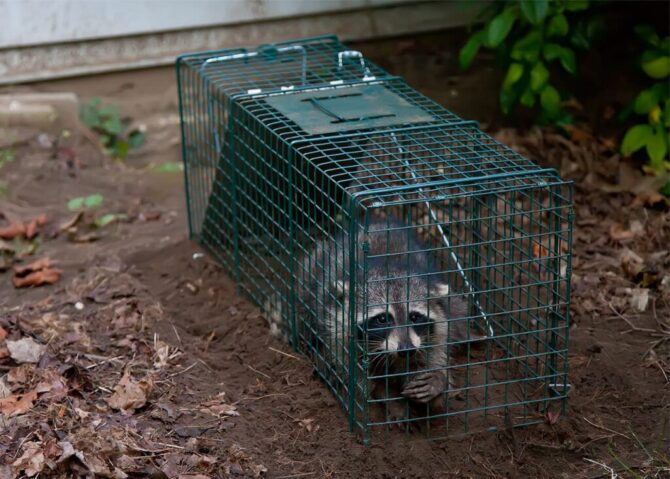
A professional wildlife removal service, such as Animal Trapping and Removal, provides expert solutions that prioritize humane, legal, and effective methods. These services handle a wide range of situations, from raccoons nesting in attics to skunks burrowing under porches, ensuring that your home remains safe and that animals are treated with care and respect.
Final Takeaway
While it may be tempting to handle wildlife problems on your own, the risks far outweigh the benefits. Health hazards, legal issues, and ethical concerns make DIY animal removal a risky endeavor. Instead, trust trained professionals to handle the job safely and humanely. Remember, prevention is key: secure your home, stay informed about local wildlife laws, and when in doubt, call the experts.
Protect your family, your home, and the animals themselves by choosing a responsible, professional approach to wildlife problems.

